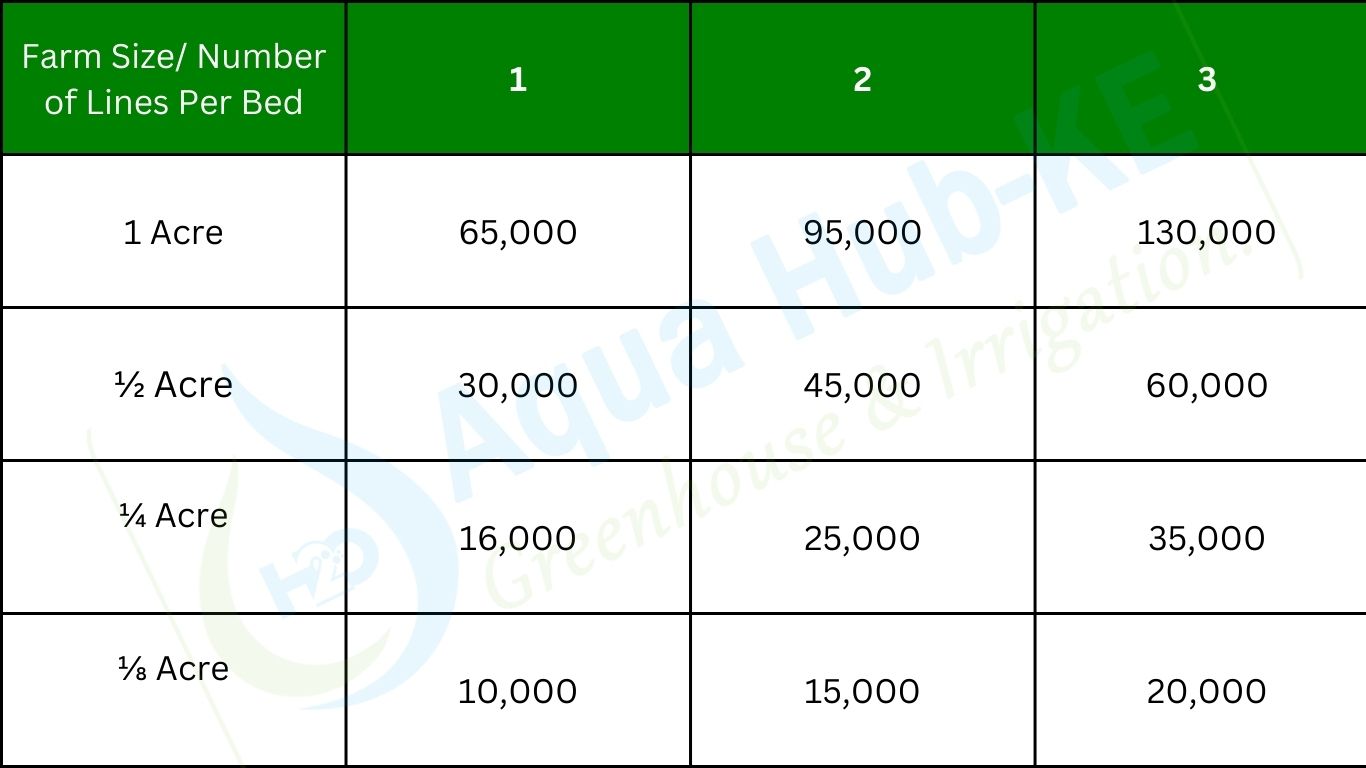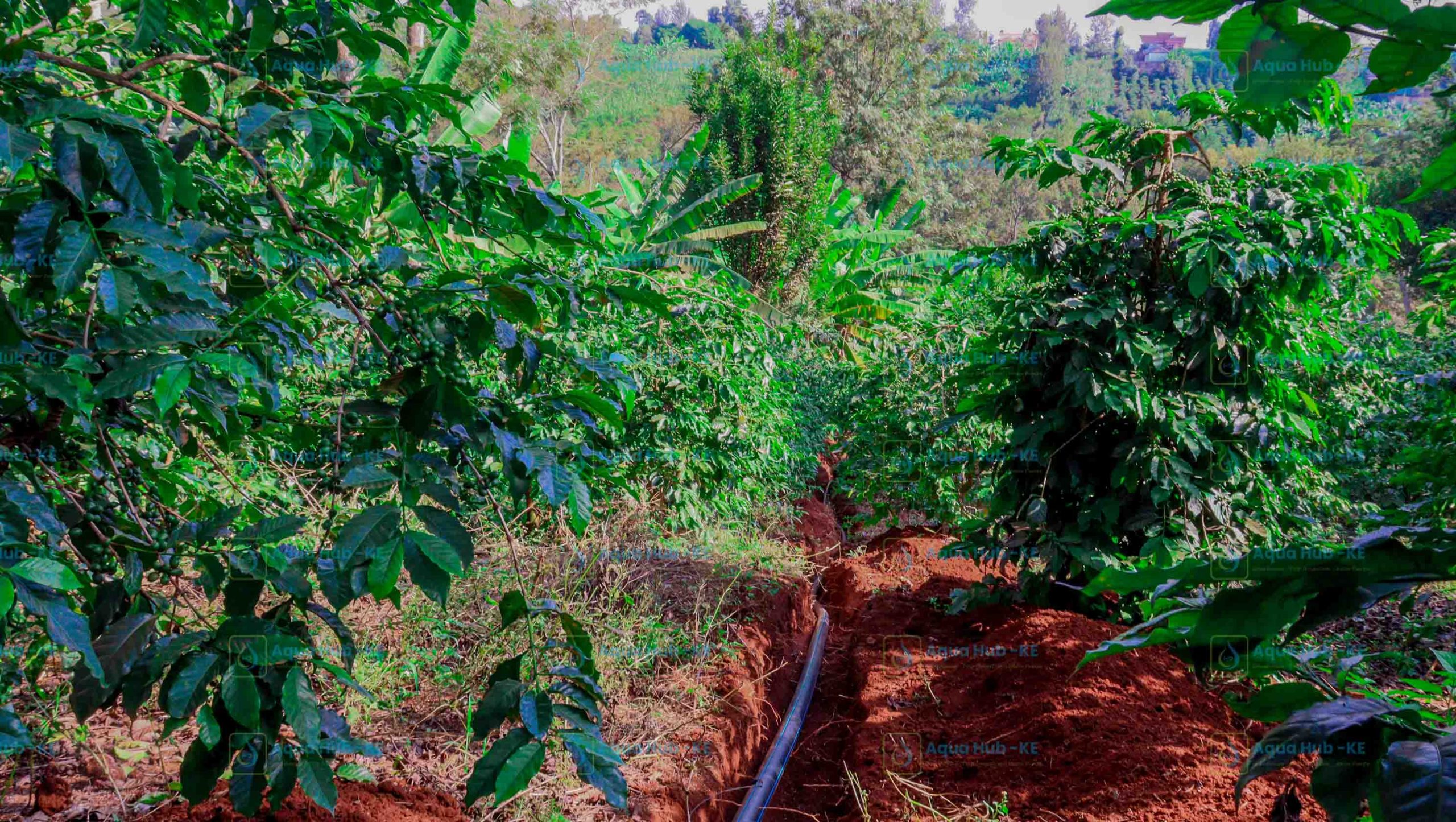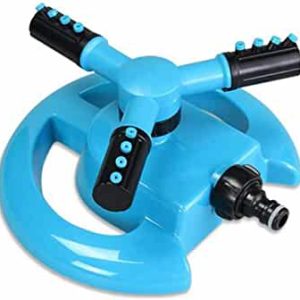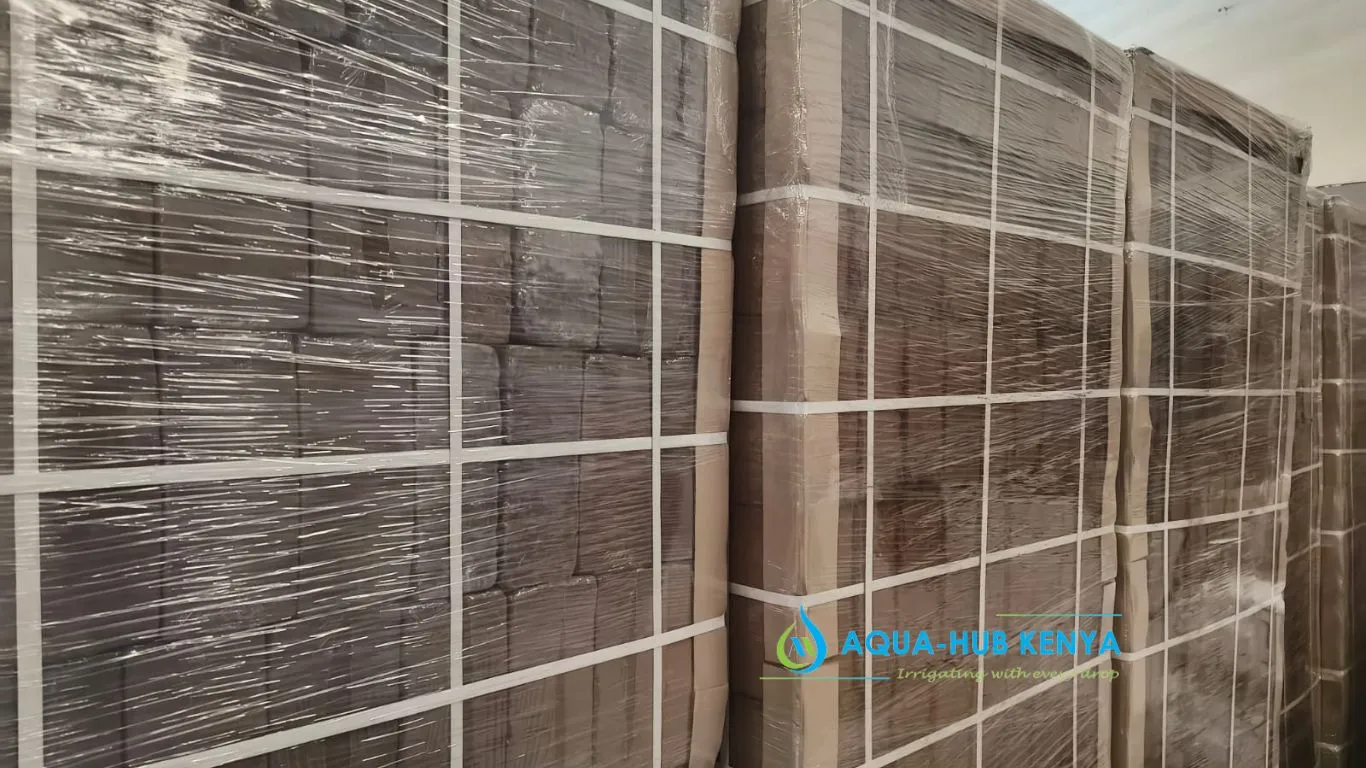Growing Garlic in Kenya is a promising venture that any agricultural farmer can try as it has shown high profitability for more than a decade.
Many people are diving into the world of agribusiness and garlic farming is one of the valuable crops to begin with.
Aqua Hub Kenya offers exclusive insights for growing garlic in Kenya with drip irrigation and best practices.

What are the Conditions for Growing Garlic in Kenya?
Ideal requirements include soil, temperature, and altitude. The ideal temperature should be in a range of 12-24 °C, altitude of 500 – 2000 m above sea level, and Soil PH of 5.5 – 7.0. Most types of soils except clay and dry sandy soils support growing garlic plants. The soil needs to be well-drained and water-retentive to ensure sufficient water needed.Kenya’s Commercial Garlic Growing Essentials
We have the most important garlic-growing accessories and the knowledge to use them. All the top components produce high-quality and big garlic bulbs.- Seedling Propagation trays – for growing garlic seedlings. It allows full and faster garlic seedling development.
- Drip Kits – Presents the best way to distribute water and fertilizers to garlic plants. At some point, rain does fail and you may need to irrigate your garlic cloves.
- Mulching Papers – for preventing moisture loss in the soil.
Seedling Trays for Propagating/ Growing Garlic in Kenya
Seedling trays are available at Aqua Hub Kenya at KES 150 each. Different types are available in cell numbers of 50 to 288.Garlic Irrigation Using Drip Kits
We have Drip Irrigation Kits for Irrigation of Garlic plants. Growing Garlic in Kenya requires irrigation with the best drip kits. Call 0790719020Cost of Drip Irrigation Kits in Kenya

Best Garlic Varieties to Cultivate in Kenya
In Kenya, the popular best garlic varieties are the hard neck, soft neck, and elephant types. Soft neck varieties have a white, paper-like outer coat. They bear a strong Oduor and a pungent smell. Such varieties include California and Creole species. Hard neck garlic includes Roja and Extra Hearty varieties. Common with dark and purple marks on their large growing bulbs. Elephant garlic has large bulbs and bigger cloves. The taste and smell are less strong as compared to hard and soft neck species.6 Key Steps for Growing Garlic in Kenya
- The process of growing garlic needs a series of steps to ensure they germinate and develop well. Key Steps are;
- Prepare the farm for growing garlic by clearing the bushes and tilling the soil. Break the soil loose and ensure the soil is loose to a depth of 6-8 inches for proper root development.
- Dig holes about 25 cm deep for planting garlic cloves. Space the holes 15 cm apart and 30 cm away from the next line of planting holes.
- Select the Best cloves to propagate. Consider the recommendations of an agronomist for suitable garlic species as per the soil PH of your area.
- Place the garlic cloves in the holes and plant them. Ensure the roots are buried with soil to the neck of the clove.
- Water the clove till the soil is moist enough.
Best Practices for Growing Garlic in Kenya
The top best practices for growing garlic involve the way of watering, applying fertilizer, pest control, and mulching. Best practices result in higher efficiency and boost the chances of top productivity.Irrigation
Watering garlic requires a technique to exercise control in the water supply to the soil. Drip irrigation is the most preferable as it releases water directly to the soil precisely. It allows light irrigation which can be stopped when the harvesting period comes.Applying Fertilizer
Fertilizer can be applied 4-6 weeks after planting to boost the nutrients in the soil. The drip irrigation method may also be used to apply soluble fertilizer rich in nitrogen and potassium. You need to install a fertilizer injector on your irrigation system to enhance fertigation.Mulching
Mulching is important to prevent intense evaporation in the soil. Organic mulches such as grass can be laid on the planting lines to cover the soil. Plastic mulching paper is also applicable and more effective to use.Pest Control
Management of pests is easy with proper irrigation methods and appropriate fertilizers. Use the drip method avoids weed and diseases in garlic plants. Other ways to lower pests are crop rotation and applying proper pesticides such as copper oxychlorides.Harvesting and Drying
The bulbs are ready for harvest once the leaves dry up 5-6 months after growing . When harvesting, trim the roots, necks of the leaves of the bulbs and remove the outer cover Call 0790719020Frequently Asked Questions
ideal temperature within a range of 12-24 °C, altitude of 500 – 2000 m above sea level, and Soil PH of 5.5 – 7.0
It takes about 4 to 6 months for Garlic gloves to mature into garlic bulbs
- Fungal diseases such as white rot, Donny mildew, and purple blot.
- Inadequate water also affects garlic bulb development
- Infertile soil
In Kenya, the popular best garlic varieties are the hard neck, soft neck, and elephant types.
- Prepare the farm for growing garlic by clearing the bushes and tilling the soil.
- Dig holes about 25 cm deep for planting garlic cloves.
- Select the Best cloves to propagate.
- Plant the garlic cloves in the holes.
- Water the clove till the soil is moist enough




